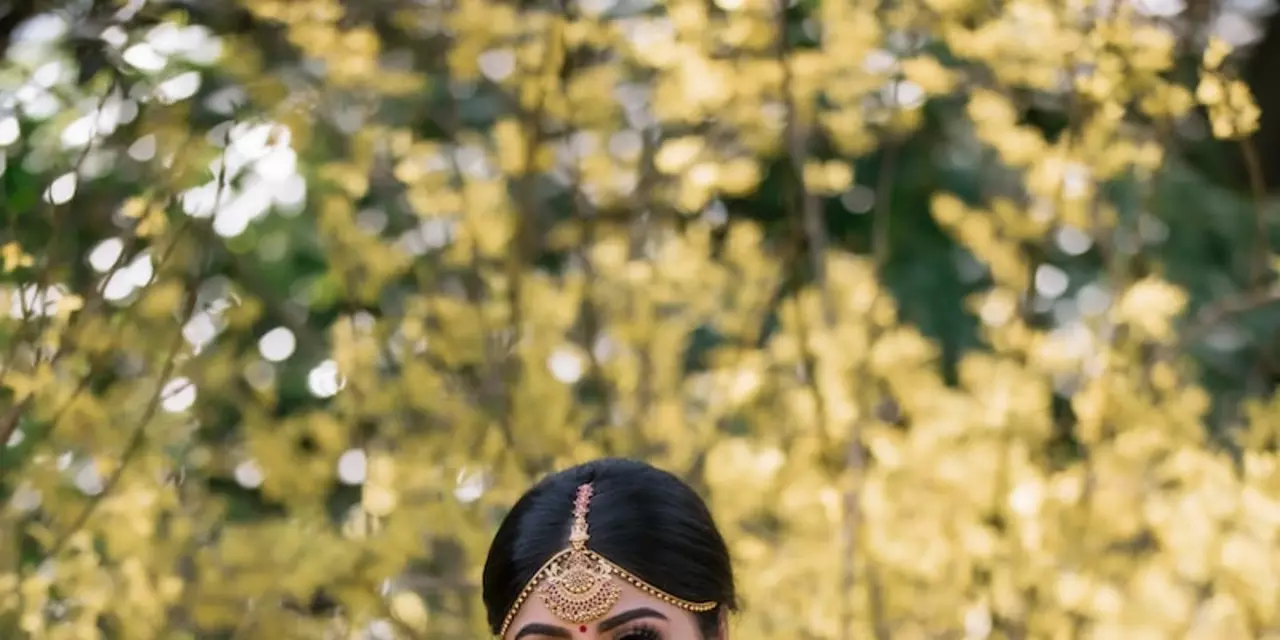Spices: Flavor, Culture & Controversy
A small pinch of the right spice can turn plain food into something memorable. Spices are more than heat — they add aroma, color and culture. On this tag page you'll find practical tips for using spices, ways to introduce Indian flavors to someone who finds them strong, and simple storage and blending advice so your spices last and taste fresh.
Use spices without overwhelming a dish
Start light. If a recipe calls for two teaspoons of chili powder, try one and add more at the end if you need it. Layer flavors: toast whole spices like cumin, mustard seeds or fennel in a dry pan for 30–60 seconds to release oils, then grind or add them early in cooking so the aroma builds instead of hitting you as a blast of heat.
Balance matters. If a dish feels too hot, add dairy (yogurt, milk or a splash of cream), acid (lemon or vinegar) or a pinch of sugar to calm the burn. Remember that many Indian spices bring aroma rather than spiciness — coriander, turmeric and cumin give depth without heat.
Simple ways to make Indian flavors friendly
Worried someone won’t like Indian food? Choose milder options and focus on fragrance. Use garam masala (a warming mix) at the end of cooking rather than heavy chilies. Try tandoori-style chicken with yogurt, turmeric, cumin and a light paprika instead of heaps of green chilies. Offer chutneys or raita (yogurt with cucumber and mint) on the side — they let people control the spice level.
For new eaters, explain what each spice does: turmeric gives color and warmth, cumin adds earthiness, cardamom is floral and sweet, and mustard seeds offer a nutty pop when tempered. This simple guide helps people appreciate flavor instead of fearing heat.
Buy and store like a pro: Whole spices last longer. Keep them in airtight containers away from light and heat. Grind only what you need — freshly ground spices taste brighter. If you buy ground spices, replace them every 6–12 months; aroma is the best freshness test.
Quick blends to try: Basic garam masala: 2 parts coriander, 1 part cumin, 1 part cardamom, 1/2 part cloves and cinnamon. Chai masala: cardamom, cinnamon, ginger and a clove or two. Adjust ratios to your taste — start milder, then increase bold notes.
Health notes: Turmeric has anti-inflammatory benefits but absorbs better with a pinch of black pepper and some fat. Use spices for flavor first; health wins are an added bonus, not a substitution for good food habits. Be cautious with high doses of certain spices, like cassia cinnamon, if you have health conditions.
Spices connect food to memory, travel and people. Whether you want easy tips for daily cooking or gentle ways to introduce Indian flavors to friends, the posts tagged "spices" on this site bundle practical ideas and honest takes on taste and culture. Try one small change — toast a seed, add a little yogurt, or swap a chili for paprika — and notice how the whole dish changes.

Can one be addicted to spices (in Indian food for example)?
Spicy food is an integral part of many cultures, but can one become addicted to it? The answer is yes. Spicy foods, especially those eaten in Indian cuisine, contain compounds that are known to be addictive. These compounds trigger the release of endorphins in the brain, causing a pleasurable feeling that can lead to an addiction. People who eat spicy foods regularly may find themselves craving it more and more, despite the intense burning sensation it can cause. Additionally, the body can become conditioned to the level of spice, meaning that addicts may need to increase the amount of spices in their meals to get the same pleasurable feeling. Ultimately, it is possible to become addicted to spices in Indian food, and it can be difficult to break the cycle.

Which Indian food makes foreigners go crazy about it?
Indian food has become increasingly popular across the world, with many foreigners having a strong affinity for its diverse range of flavors. Dishes such as tandoori chicken, butter chicken, samosas, and naan are some of the most popular dishes that foreigners rave about. The combination of spices, herbs, and ingredients used in Indian food provide a unique flavor that can't be found in any other cuisine. Additionally, Indians are known for their hospitality, which helps to create a welcoming atmosphere for foreigners who are trying out the dishes for the first time. Indian food is definitely a hit amongst foreigners and is sure to leave them wanting more.